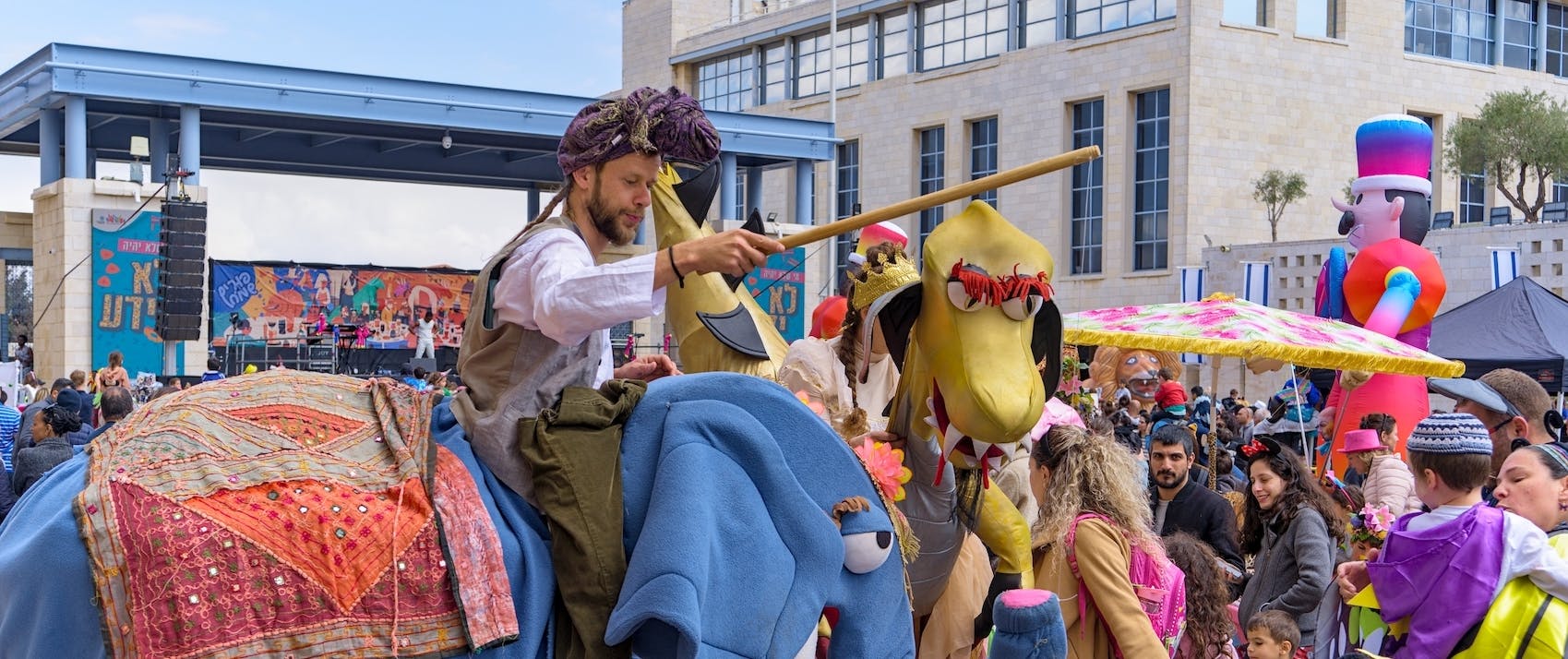Kristallnacht or the Night of Broken Glass, also called the November Pogrom, was a pogrom against Jews carried out by SA paramilitary forces and civilians throughout Nazi Germany on 9–10 November 1938.
The German authorities looked on without intervening. The name Kristallnacht ("Crystal Night") comes from the shards of broken glass that littered the streets after the windows of Jewish-owned stores, buildings and synagogues were smashed. The pretext for the attacks was the assassination of the German diplomat Ernst vom Rath by Herschel Grynszpan, a 17-year-old German-born Polish Jew living in Paris.
Jewish Exodus from Germany
After Hitler’s seizure of power, even as Germans were being divided into “Aryans” and “non-Aryans,” the number of Jews steadily decreased through emigration to neighbouring countries or overseas. This movement was promoted by the Central Office for Jewish Emigration established by Reinhard Heydrich (director of the Reich Main Security Office) in 1938.
In 1925 there were 564,378 Jews in Germany; in May 1939 the number had fallen to 213,390. The flood of emigration after the November pogrom was one of the largest ever, and by the time emigration was halted in October 1941, only 164,000 Jews were left within the Third Reich, including Austria.
Economic Exclusion
The complementary ordinances to the Reich Citizenship Law, dated November 14-28, 1935, sought to define who was a Jew; it also created a basis for measures limiting the scope of Jewish occupations and the opportunities for young Jews to get an education. Following the March 1938 annexation (Anschluss) of Austria, which brought 200,000 Austrian Jews under German domination, exclusion of Jews from the economy began first through the removal of Jewish manufacturers and business chiefs and their replacement by “commissars” in charge of “Aryanization,” the expropriation of Jewish businesses.
Within a short time, from January to October 1938, the Nazis “Aryanised” 340 middle-sized and small industrial enterprises, 370 wholesale firms, and 22 private banks owned by Jews. The November pogrom was the peak of a series of events intended to expel the Jews from economic life and to force a hurried emigration.
A Convenient Excuse
Ernst vom Rath’s death gave the signal to the Reich propaganda minister, Joseph Goebbels, to unleash the pogrom against the Jews. The news of the death was received by Adolf Hitler during the traditional dinner for the “old fighters” of the Nazi movement, held in the assembly room of the Old Town Hall in Munich on the anniversary of the bloody march on the Feldherrnhalle and the unsuccessful putsch of November 9, 1923.
Desecrated Synagogues, Looted Shops, Mass Arrests
During the night of November 9-10, 1938 Jewish shops, dwellings, schools, and above all synagogues and other religious establishments symbolic of Judaism were set alight. Tens of thousands of Jews were terrorized in their homes, sometimes beaten to death, and in a few cases raped. In Cologne, a town with a rich Jewish tradition dating from the first century CE, four synagogues were desecrated and torched, shops were destroyed and looted, and male Jews were arrested and thrown into concentration camps.
At least 267 synagogues were burned down or destroyed, and in many cases, the ruins were blown up and cleared away. Approximately 7,500 Jewish businesses were plundered or laid waste. At least 177 apartment blocks or houses were destroyed by arson or otherwise.
It has rightly been said that with the November pogrom, radical violence had reached the point of murder and so had paved the road to Auschwitz.
Historical Perspective
The Times of London observed on 11 November 1938: "No foreign propagandist bent upon blackening Germany before the world could outdo the tale of burnings and beatings, of blackguardly assaults on defenceless and innocent people, which disgraced that country yesterday."
Estimates of fatalities caused by the attacks have varied. Early reports estimated that 91 Jews had been murdered. Modern analysis of German scholarly sources puts the figure much higher; when deaths from post-arrest maltreatment and subsequent suicides are included, the death toll reaches the hundreds, with Richard J. Evans estimating 638 deaths by suicide.
Historians view Kristallnacht as a prelude to the Final Solution and the murder of six million Jews during the Holocaust.





